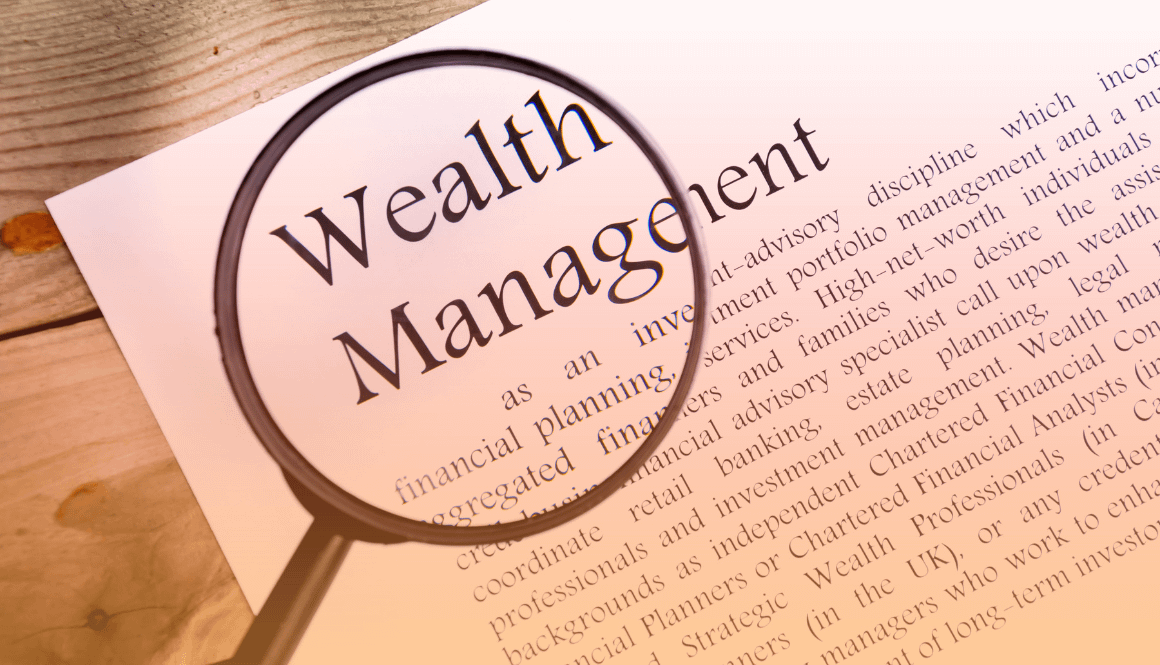Table of Contents
Compliance Is Not Just a Checkbox: Turning Regulatory Readiness Into a Competitive Edge
Compliance may not be the flashiest part of running a practice—but it’s fast becoming one of the most strategically important. As advisory firms grow, evolve, or transition leadership, the firms that build compliance into their culture and operations are better positioned to scale, attract talent, and earn client trust.
Let’s reframe compliance from being a cost center to becoming a competitive advantage.
Why Compliance is Having a Moment
The SEC and state regulators are more active than ever. From the Marketing Rule and Regulation Best Interest (Reg BI) to heightened scrutiny around business continuity and AI usage, the advisory landscape is increasingly complex.
Yet many small to mid-sized firms are still treating compliance as a reactive function—something reviewed quarterly or handed off to a third party with minimal oversight. That’s no longer enough.
Modern firms are integrating compliance into:
- Daily workflows
- Technology stacks
- Marketing content approval
- Cybersecurity protocols
- Succession and continuity planning
And they’re benefiting from it.
Smart Firms Are Shifting Their Mindset
Here’s how forward-thinking advisors are changing their compliance approach:
| Old Mindset | New Mindset |
| “It’s a legal formality.” | “It’s part of our brand promise.” |
| “Only Ops needs to know.” | “Everyone is accountable.” |
| “Let’s stay under the radar.” | “Let’s lead by example.” |
| “Avoid fines.” | “Build trust.” |
When compliance is internalized across the firm, it improves decision-making, reduces reputational risk, and increases your valuation in the eyes of acquirers and successors.
Practice Management Tip: Operationalize Compliance
Here’s how to build a compliance-forward culture without overwhelming your team:
- Automate Where Possible
Tools like SmartRIA, ComplySci, and Red Oak help automate advertising approvals, compliance logs, and annual reviews—freeing up capacity and reducing error. - Make It Part of Training
Train all staff—not just advisors—on key compliance touchpoints. This includes client communications, data privacy, trade errors, and document retention. - Build It Into Marketing Early
As firms ramp up content strategies (social media, video, webinars), compliance must be part of the creative process—not a post-production bottleneck. - Treat Exams as Opportunities
An SEC or state audit is stressful, yes—but it’s also an opportunity to validate your processes and shore up any weak points before growth or succession.
Bonus: Compliance Drives Advisor Growth
You might not think of compliance as a growth driver—but it absolutely is. Firms that operate with high standards often:
- Attract breakaway advisors looking for a clean, reputable home
- Win more sophisticated clients who ask tough due diligence questions
- Command higher valuations in M&A and succession scenarios
Plus, advisors who embed compliance into their CRM notes, communication cadences, and billing practices avoid costly surprises that can derail client relationships.
Final Thought: From Defense to Offense
You don’t have to love compliance—but you should respect its role in your firm’s long-term success. By shifting from a reactive to a proactive compliance culture, you protect not only your clients but also your reputation, your growth plan, and your future.







